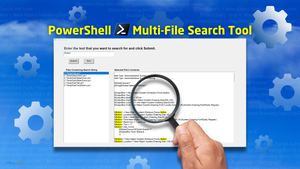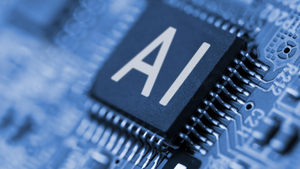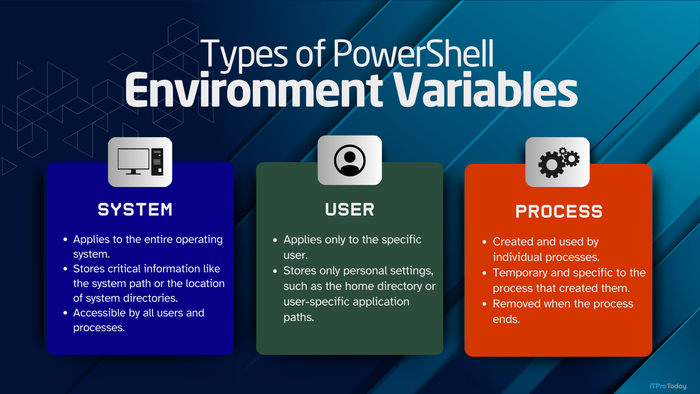1998 Predictions in Review
Mark Smith reviews and rates his 1998 industry predictions.
December 31, 1998
Every year, I make several predictions about our industry. At the end of each year, I review my predictions for that year and make myself accountable for my statements. In this review of predictions for 1998, I'll rate my predictions on a scale of 1 (poor) to 5 (excellent).
Predictions and Scores
By the end of 1998, we will see a quad-processor Windows NT systemcapable of handling 800 concurrent online transaction processing (OLTP) users. According to benchmarks from TPC-C (http://www.tpc.org), NT can handle well beyond this number of concurrent OLTP users. Oracle, DB2, and Informix all support load balancing on NT today. This support allows these databases to work with 4- to 16-node clusters. In such configurations, you can easily support 800 concurrent users. Another factor is Web-based e-commerce systems, which some NT sites are using to host thousands of database users simultaneously. Score: 5.
NT Server will become the platform of choice for serving networkcomputers (NCs). In fact, most NCs are attached to Citrix WinFrame, which is based on NT 3.51. Not enough Java applications are available to run an NC as an NC, so people are using NCs as thin clients to access Windows-basedapplications. Score: 5.
NCs are unlikely to compel companies to dump their client OSs.Today, you're more likely to see Windows CE than JavaOS embedded in a PersonalDigital Assistant (PDA), terminal, or NC. Rather than eliminating Windows fromthe desktop, the focus on NCs opened an opportunity for Microsoft to add WindowsCE to desktops. Score: 5.
NT 5.0 will ship around May 1998. Actually, NT 5.0 Beta 1 shippedin May 1998, so my prediction wasn't totally off base. However, as of thiswriting, Microsoft is saying that Windows 2000 (Win2K--formerly NT 5.0)will ship sometime in 1999. Score: 2.
What if Compaq sold Tandem's NonStop Software for NT to Microsoft?On September 10, 1998, Compaq announced that Microsoft had purchased portions ofTandem's NonStop Kernel, Digital OpenVMS, and Digital UNIX platforms. Score: 5.
With this purchase, Microsoft gets clustered file systems, remote mirroringtechnology, data and file partitioning infrastructure, advanced tools forhigh-availability systems, remote systems management and system-health detectionservices. These technologies will show up in future versions of SQL Server andWin2K, allowing the platform to handle larger and more complex problems. ATandem customer sent me the following letter illustrating the importance of thetechnology transfer:
"Tandem is at least 5 years ahead in terms of technology and reallyunderstands how to make OLTP systems. More important for developers, Tandemunderstands how essential it is to present a single system image forcluster systems, to help developers and system managers. The code I write doesnot need to know whether it will run on a single CPU accessing a single disk, oron a 4096 CPU cluster accessing SQL Server tables partitioned over 10,000 disks.This approach is radically different from Microsoft Cluster Server (MSCS), whichrequires developers to make software cluster-aware, introducing complexity.Developers should really be devoting their time to developing businesssolutions, not trying to grapple with yet another Microsoft API. Unfortunately,Tandem technology has been locked up within the very expensive Himalaya systems.I think many NT devotees and critics will be shocked by the huge leap incapabilities that NonStop Software will bring to NT. Compaq has a greatopportunity to alter the market's perception of NT. I hope Compaq gets it right."
—Darren Collins,
development manager,
Macro Group
Compaq will sell Digital's UNIX to Compaq's UNIX partner, SCO. Right idea, wrong partner. IBM beat Compaq to the punch. Sequent and IBM will port AIX to Intel's IA-64 chip and merge the technology with SCO UNIX to create an industry-standard version of IA-64 UNIX. Compaq decided to keep its 64-bit UNIX and make it interoperable with Windows NT/2000 by adding support for COM+, Active Directory (AD), NT security, and NT services for UNIX. Score: 2.
Better Luck Next Year
OK, so I didn't score perfectly, but my predictions were a little betterthan the past year's. I've discovered the fastest way to improve my score is not to predict when Microsoft will ship something. I'm guaranteed to score low if I try to guess when Microsoft will ship anything. Maybe 1999 will be the year people stop asking me, "When will NT be ready for the enterprise?" I'll say, "It's already there."
About the Author
You May Also Like






.jpg?width=700&auto=webp&quality=80&disable=upscale)
